Hong Thai Commune (Kien Xuong) is not only famous for its traditional silver carving craft but also preserves the typical culture of the Northern countryside in the past with a complex of temples and pagodas located next to the Vong River. In particular, many families in this countryside still preserve ancient houses that date back hundreds of years, which are gathering places and peaceful places for children who have returned from far away.
Dong Xam Temple was built according to the architectural model of Hue royal court.
Sacred relic complex
Coming to the prosperous Dong Xam silver carving village, visitors not only enjoy the lively echoes of hammers and chisels, the masterpieces from the skillful hands of talented craftsmen carving exquisitely on each product, but also be overwhelmed by the massive, vast, eye-catching relic complex.
Mr. Nguyen Dinh Thuy, the keeper of Dong Xam Temple, said: Dong Xam Temple was built according to the model of Hue royal palace, high, airy, located in a position with beautiful feng shui, in front of a river, a water pavilion with 6 doors facing 6 directions. Dong Xam Temple can be considered a great collection of wood carving, stone, metal, and plaster art of the Vietnamese people during the Nguyen Dynasty, and also shows the quintessence of Dong Xam silversmiths. With a total area of about 1,000m², the items of the temple are built symmetrically from the inside out, of which the most notable is the rear palace. This is also a unique work of art with the characteristics of the silver carving craft village. The chamber is sealed with perforated bronze leaves with themes of the sacred, the four seasons, two dragons worshipping the moon, and the statues of Trieu Vu De and Trinh Thi Hoang Hau cast in bronze inlaid with gold and silver. In front of the temple, there are two bridges on both sides, a river, a dragon fence, and five tigers guarding the yard, creating a majestic atmosphere, making visitors feel solemn when entering the temple. Every year, when the Dong Xam festival comes, local people and many tourists from all over the country eagerly return to participate in many folk games and unique cultural activities such as singing ca tru, singing cheo, carrying the holy master, and offering sacrifices.
People of Hong Thai commune (Kien Xuong) maintain the art of singing Ca Tru.
Right in the center of the relic complex is the temple of the founder of the profession, Mr. Nguyen Kim Lau, which is also a structure with many imprints. According to historical records, around the beginning of the 15th century, Mr. Nguyen Kim Lau, who was a welder and soldered copper pots, went to Chau Bao Lac (now in Cao Bang province) to practice his profession and learned the goldsmith trade. He then returned to his village to pass on the silver carving craft to the people. To show gratitude to the person who had pioneered the craft, the silver carving craftsmen in Dong Xam honored him as the founder of the profession and built a temple to worship him.
Mr. Nguyen Van Tuan, Head of the Management Board of the Dong Xam Goldsmith Craft Temple, said: The most unique thing is that at the beginning of the year and during festivals, all classes of craftsmen come back to burn incense to commemorate the merits of the teacher who taught the craft to the villagers. Initially, the temple was just a small shrine, but after many times of restoration and renovation by craftsmen and villagers, the temple still retains the ancient features of Vietnamese culture such as the ancient stone stele, the 600-year-old jade well and the ancient fig tree that provides shade all year round. The temple still preserves the royal decree of King Khai Dinh the 9th, a set of silver worshiping objects crafted by Dong Xam people, preserved and protected as treasures of the ancestral profession.
The beauty of ancient houses
In addition to the uniqueness of the spiritual relic complex, when coming to Dong Xam, it is not difficult to witness the peace of the ancient houses. There are areas of ancient houses close together, the gates and walls are all in the ancient architecture that is still preserved by the people to this day.
According to Mr. Nguyen The Hoanh, Bac Dung village: Because I love the traditional values of the nation, I bought an old house to live in. Up to now, the house has been over a hundred years old but has not deteriorated, still retaining the old architecture. The house is 12m long, designed with 3 rooms, 2 wings, the middle room is used for worship, the remaining rooms are used for living, the decorative details in the house are elaborately carved and made entirely of ironwood so it is very durable. The best thing about the house is that it is cool in the summer and warm in the winter. I myself am hard of hearing, if I live in a flat-roofed house I cannot hear, but in an old house I can hear better, the voice is deeper. In particular, anyone who comes to visit is aware of the same as when entering a relic site or museum, always keeping a cheerful, gentle, emotional and relaxed attitude. The house has become a gathering place for generations of descendants to return on death anniversaries and Tet holidays to worship their ancestors, remember their parents and is a place to connect relatives in the family and clan, increasing solidarity, love and mutual support.
Mrs. Nguyen Thi Mien, 98 years old, Bac Dung village happily boasted: My ancestors left this house to me as the third generation. The house is about 200 years old, having been lived in by many generations, through many storms and winds, but still retains its ancient features with the main material being ironwood, and delicate carvings. In addition, until now, my family still preserves many valuable things such as the long table and chairs, the ancient gate built in 1940, and the well paved with stone. This house has become a source of pride for the family tradition, family customs, a place to educate, nurture the soul and give wings to the dreams of future generations.
The unique feature of the old house is that it is cool in summer and warm in winter.
What is more unique about Dong Xam is that people still maintain the art of singing Ca Tru. Mr. Nguyen Van Hao, a member of the Vietnam Folk Ca Tru Association and Chairman of the Thuong Gia Village Folk Culture Club, said: We do not know when the origin of Ca Tru in Dong Xam village began, but in the temple there are 4 ancient Ca Tru songs from ancient times to offer to the gods on festival days. There was a time when Ca Tru was lost, but since 2000, the Dong Xam Temple Festival has reopened and local Ca Tru melodies have been restored. Up to now, the whole commune has more than 20 people in the Club who maintain singing and performing on holidays and New Year's to offer to the gods and sing to each other in ancient houses to preserve for future generations.
Mr. Nguyen Van Niet, Chairman of the People's Committee of Hong Thai Commune affirmed: The locality is one of the very few communes that fully preserves the typical cultural features of the ancient Northern countryside with a system of temples, pagodas, ancient houses and many unique ca tru melodies and folk games. Therefore, the commune will continue to promote its potential and strengths, preserve the ancient features of the countryside to promote the development of craft village tourism associated with spiritual tourism, experiential tourism, and bring the locality to further development.
Thu Thuy
Source: https://baothaibinh.com.vn/tin-tuc/39/212647/net-co-dong-xam


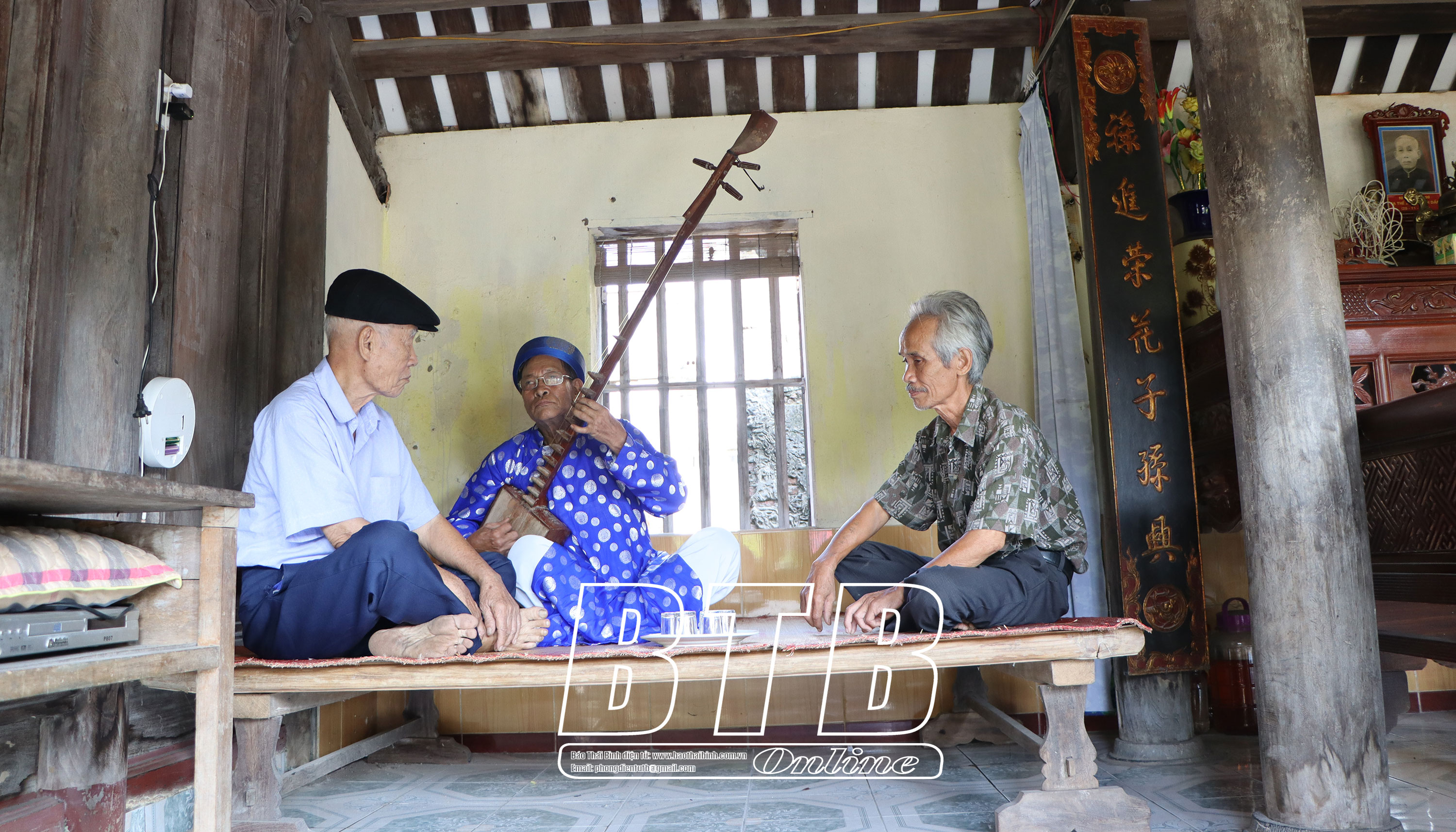
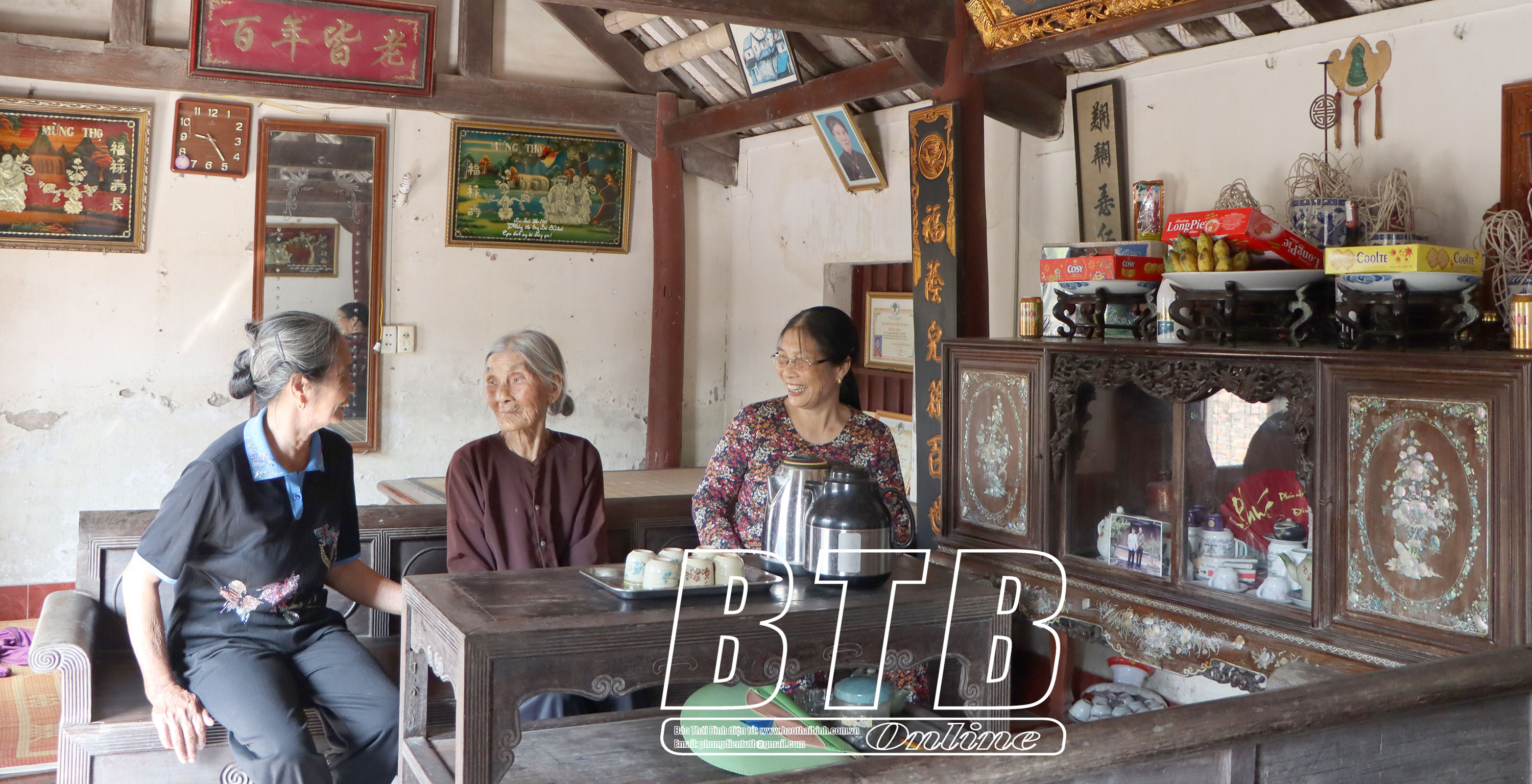
![[Photo] Singapore and Vietnam Prime Minister's wives visit Vietnam Museum of Ethnology](https://vstatic.vietnam.vn/vietnam/resource/IMAGE/2025/3/26/5f7f62b30516402db29e10c1ee43f8e2)

![[Photo] The two Prime Ministers witnessed the signing ceremony of cooperation documents between Vietnam and Singapore.](https://vstatic.vietnam.vn/vietnam/resource/IMAGE/2025/3/26/294b2d9cbf494db29dbdc47951d8313a)
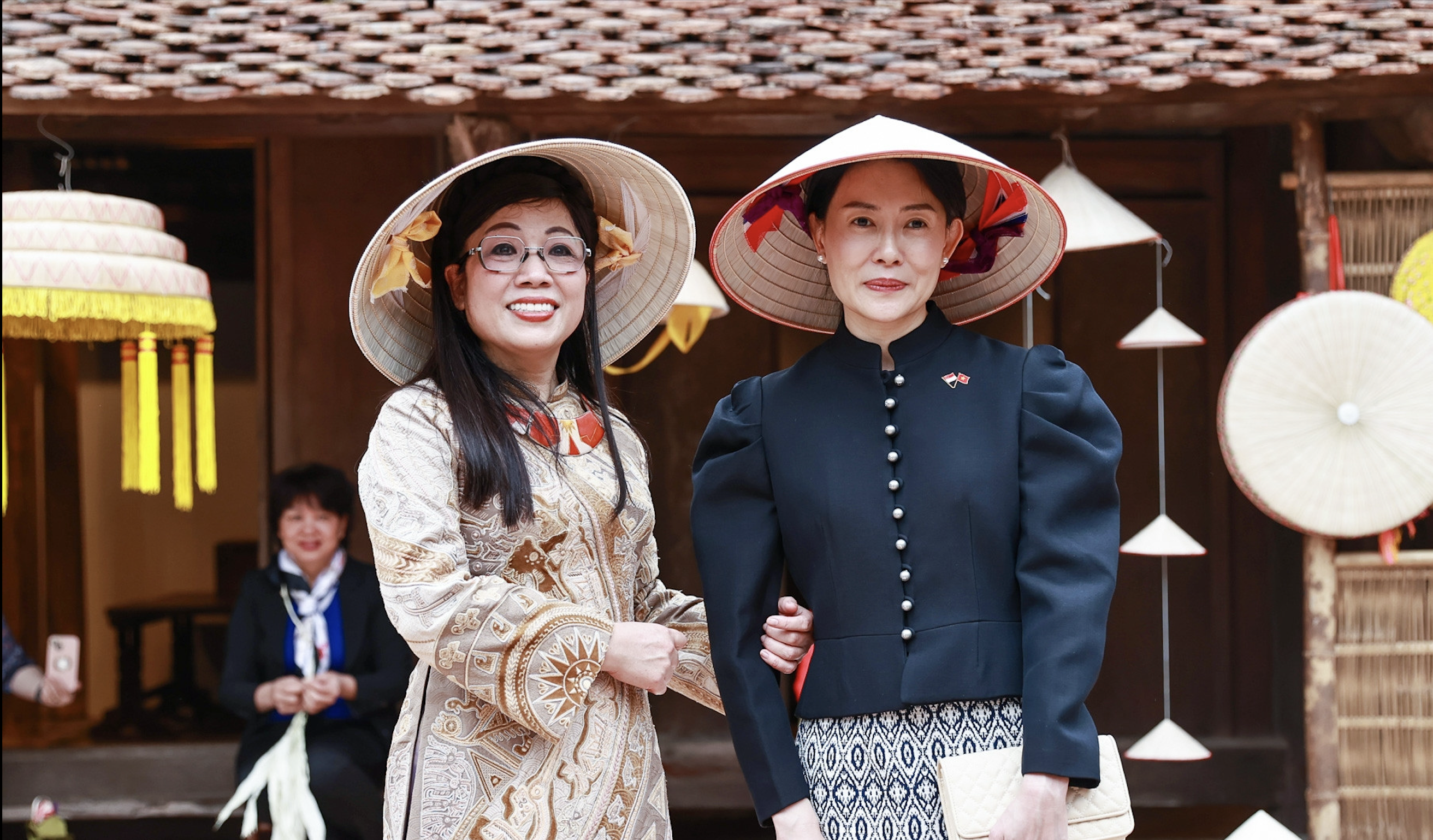

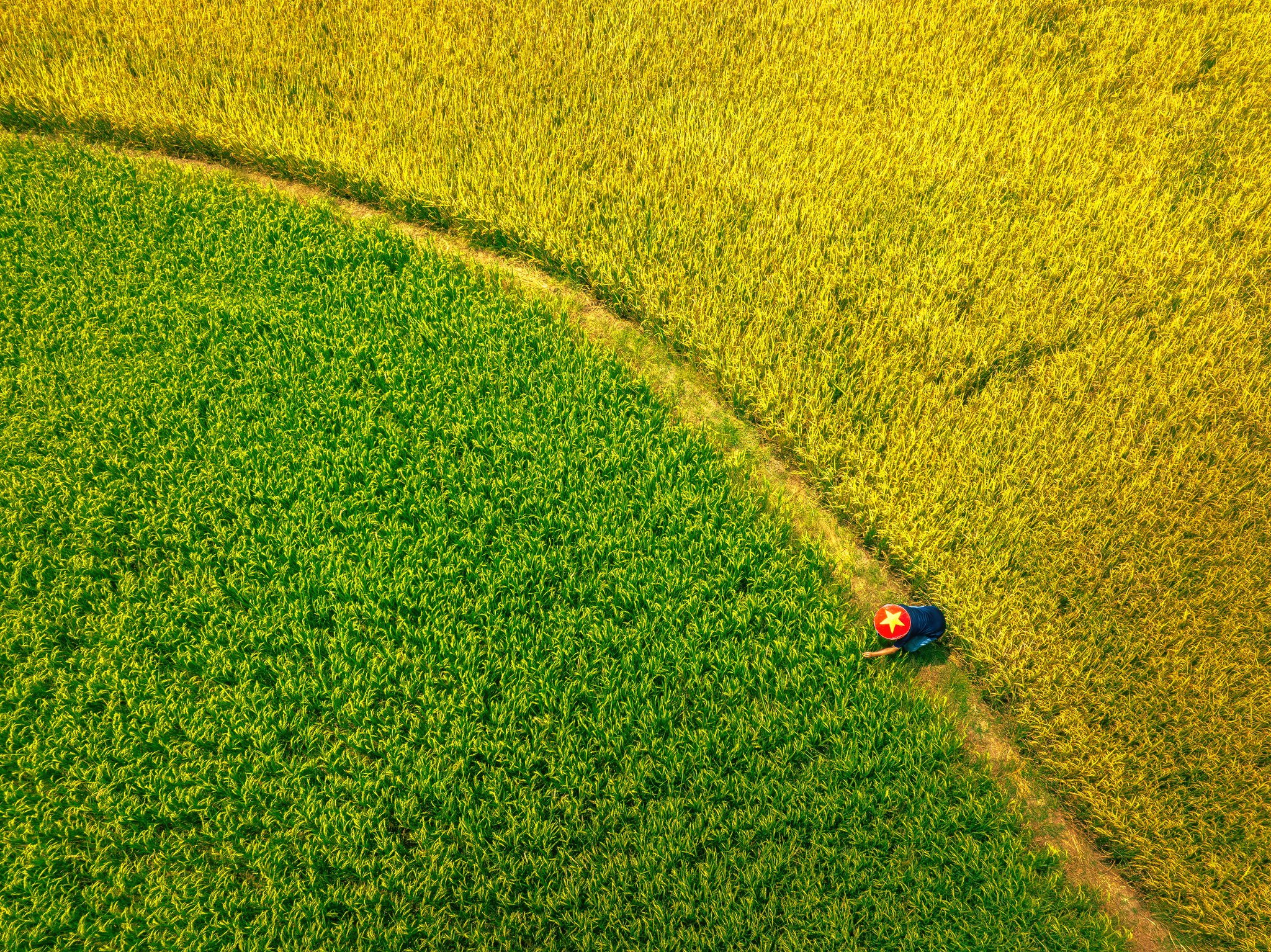



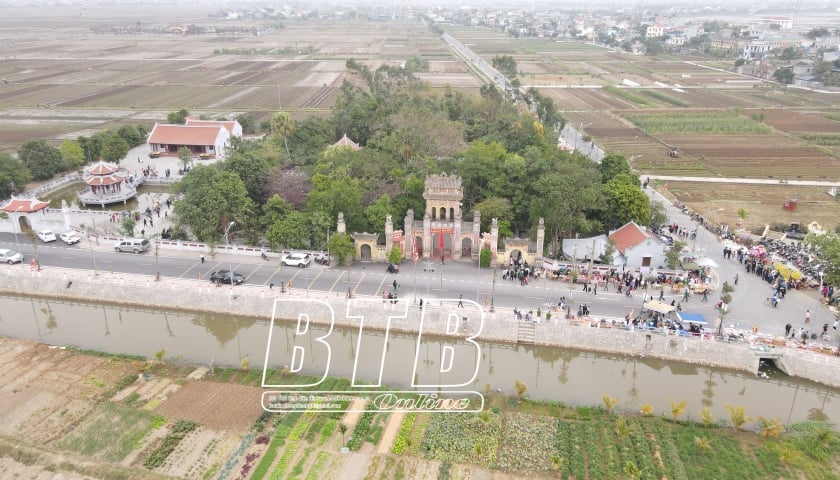
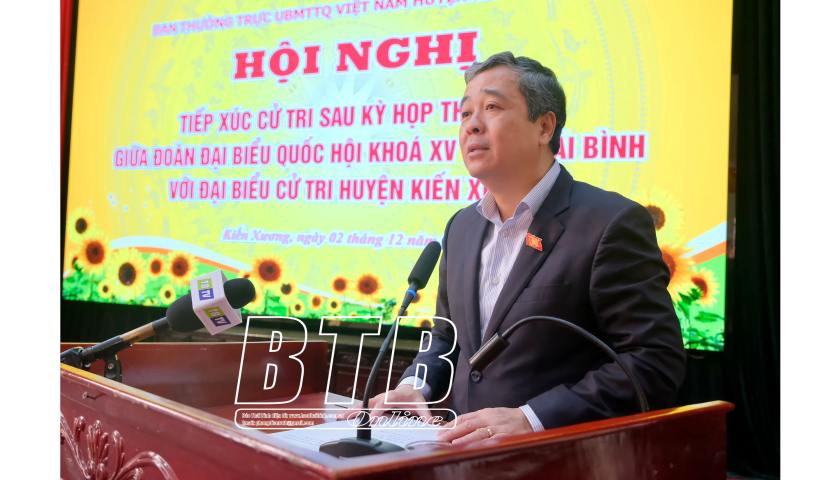
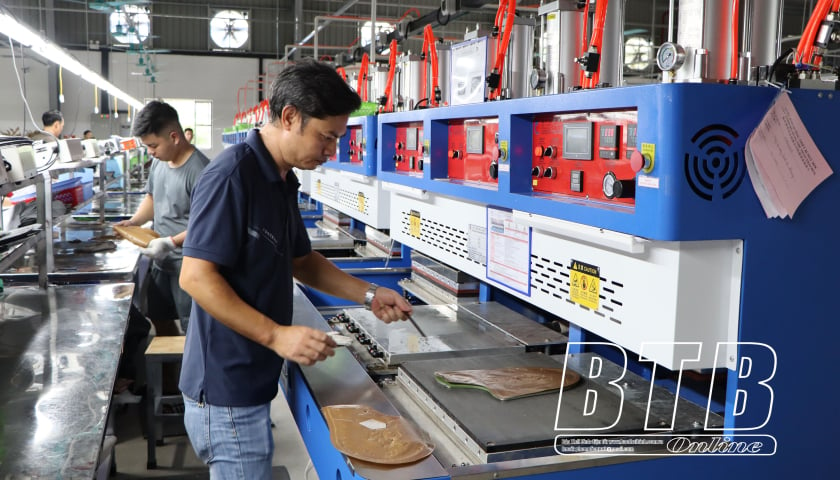
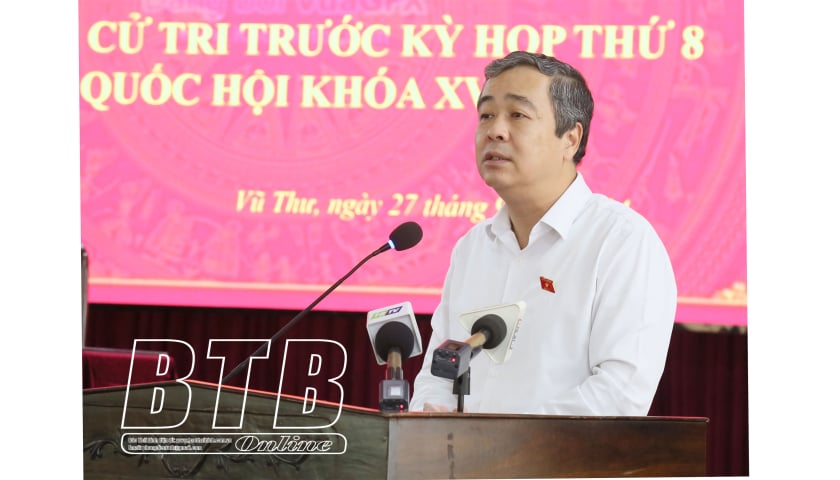
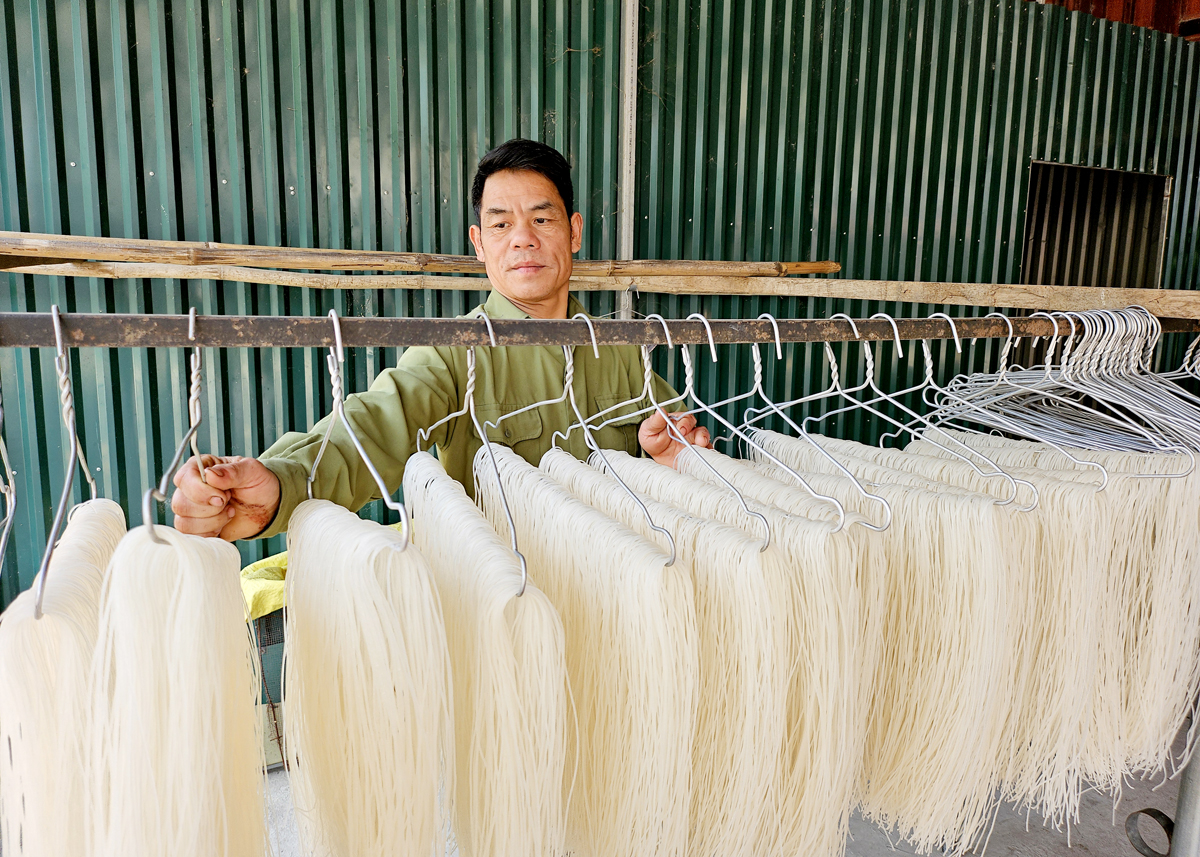

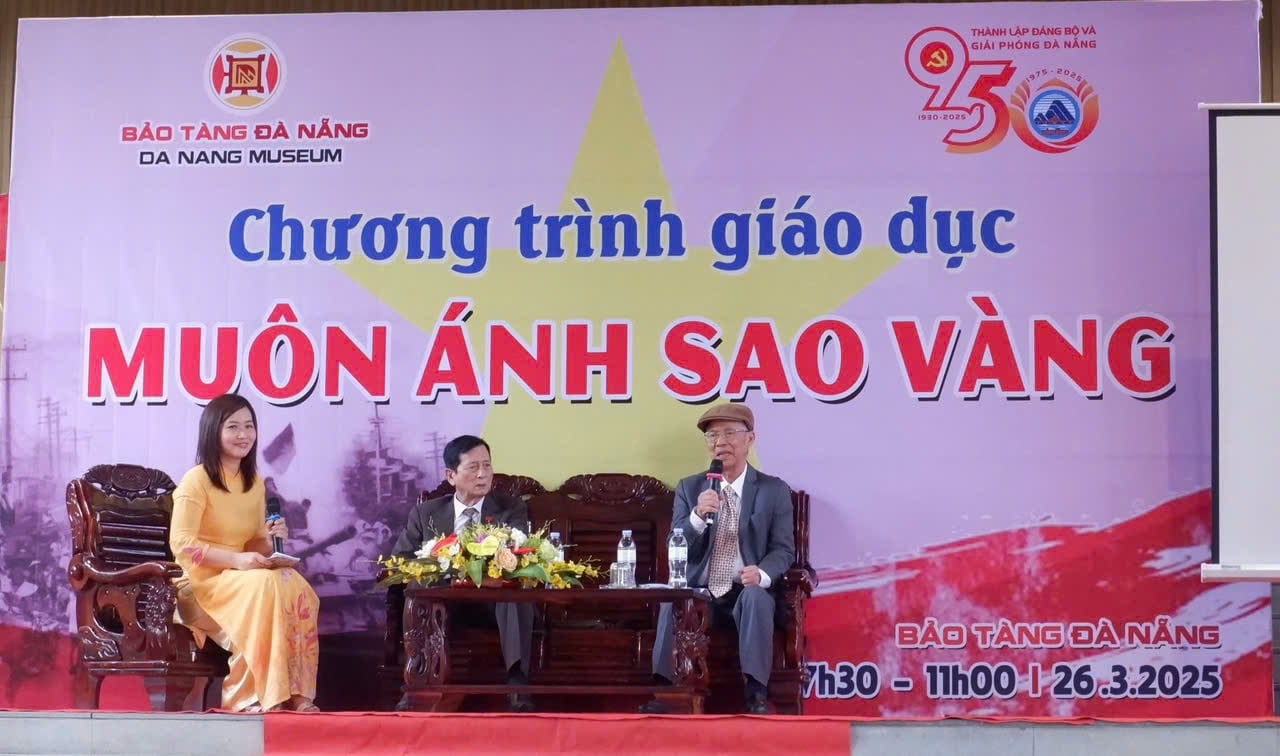
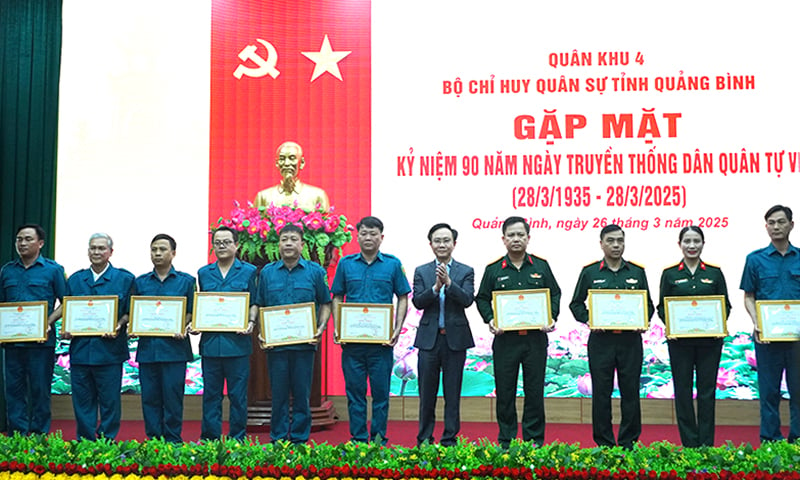
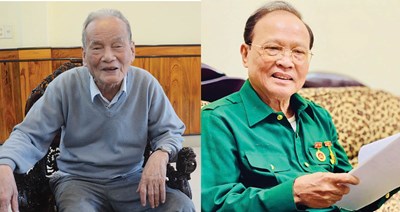
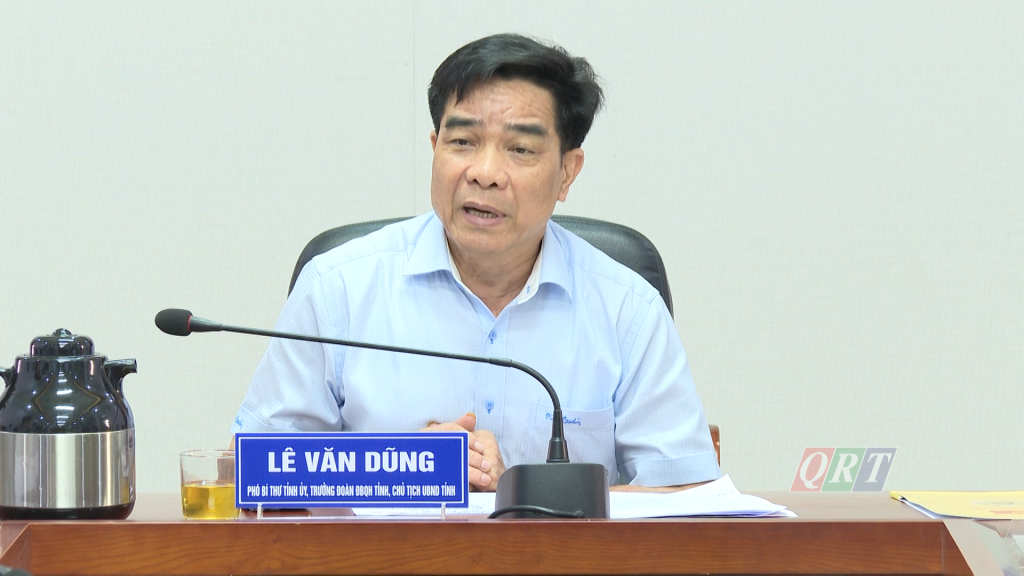



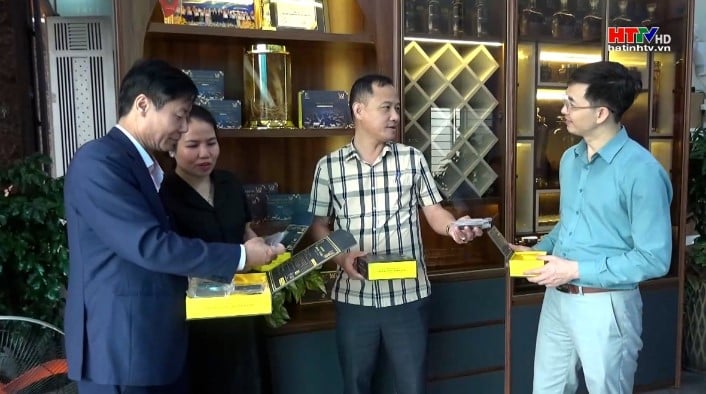
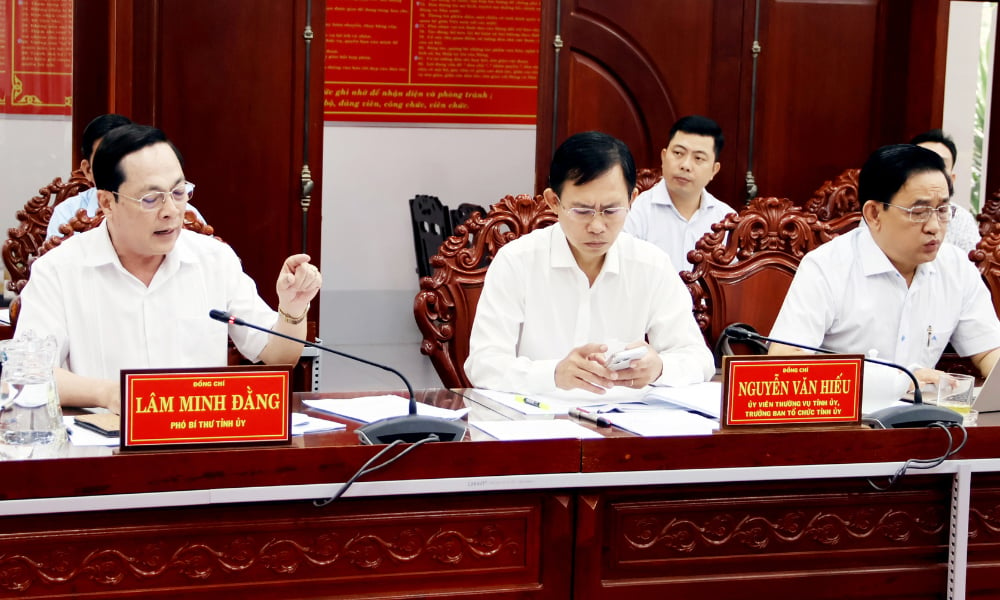


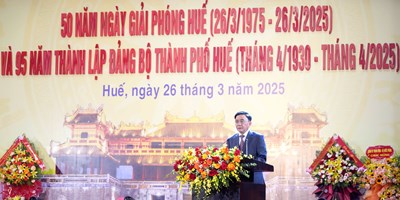
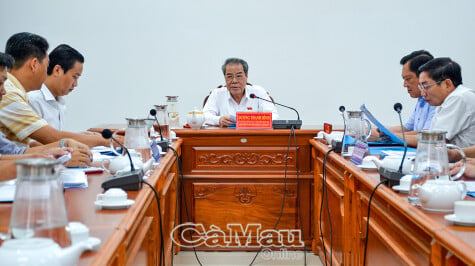
![[Photo] General Secretary To Lam receives Singaporean Prime Minister Lawrence Wong](https://vstatic.vietnam.vn/vietnam/resource/IMAGE/2025/3/26/4bc6a8b08fcc4cb78cf30928f6bd979e)
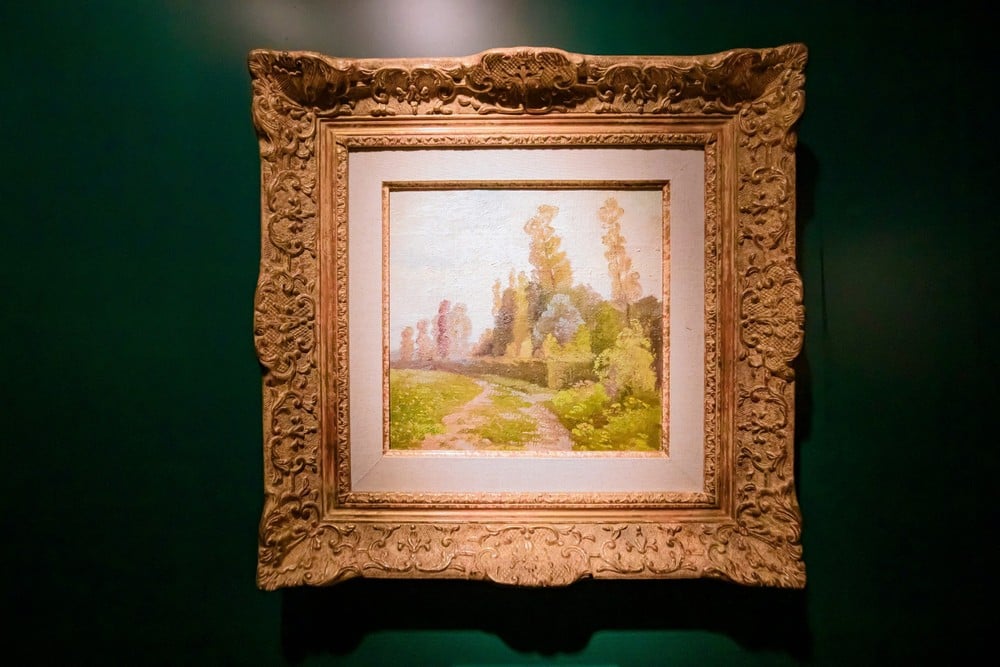





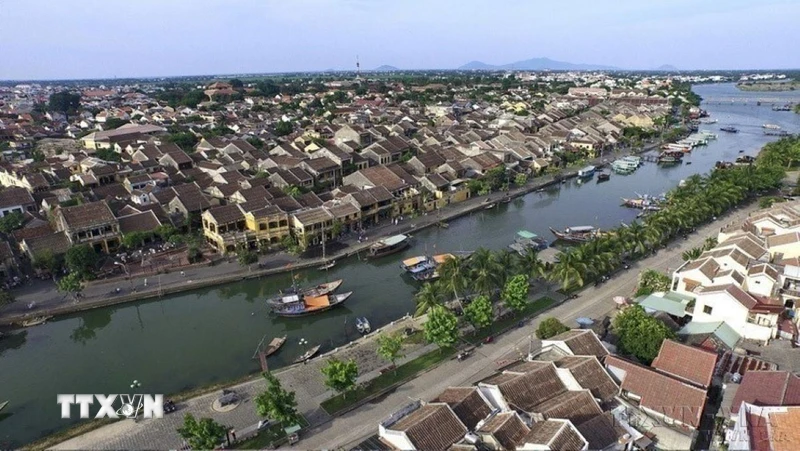

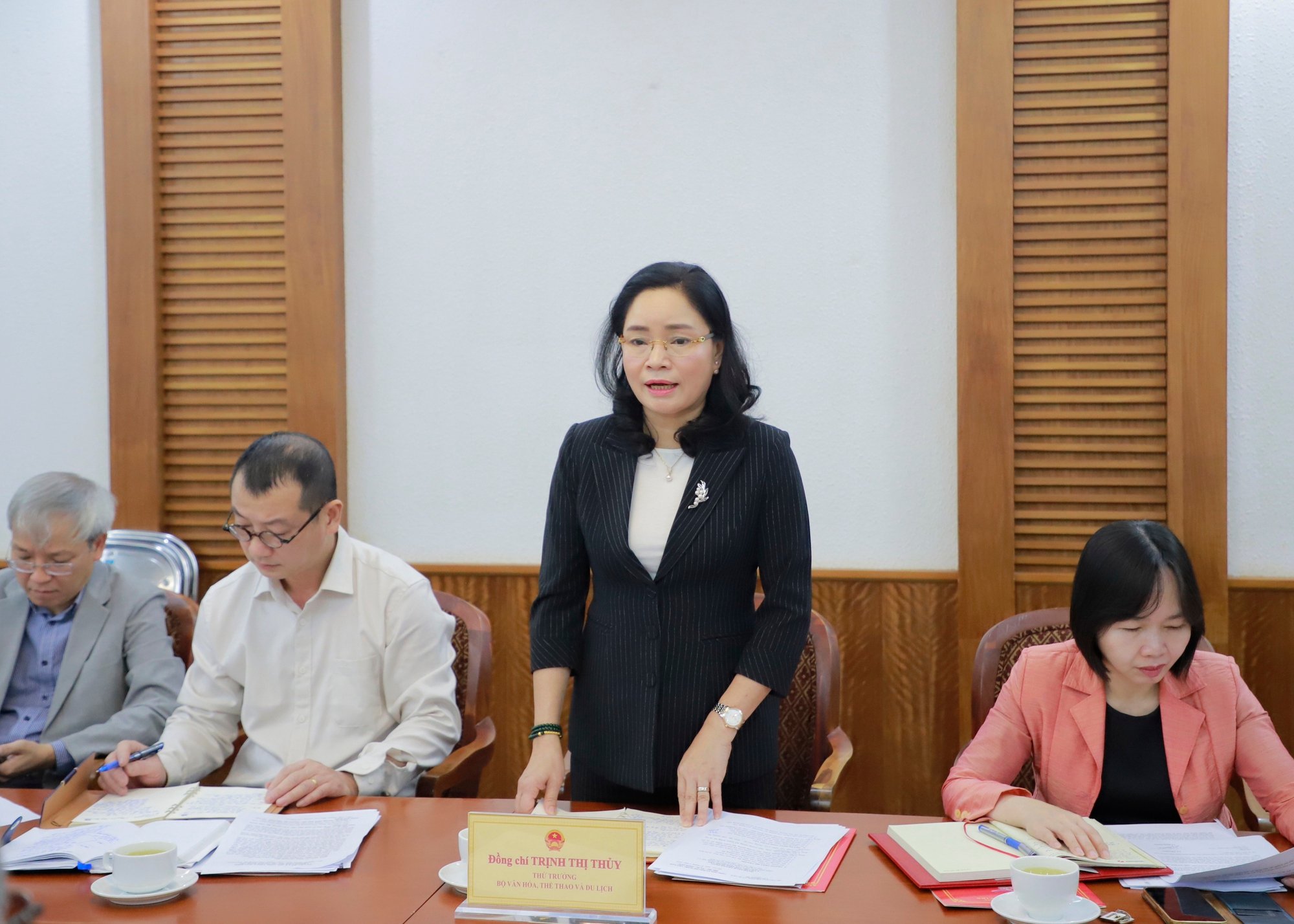

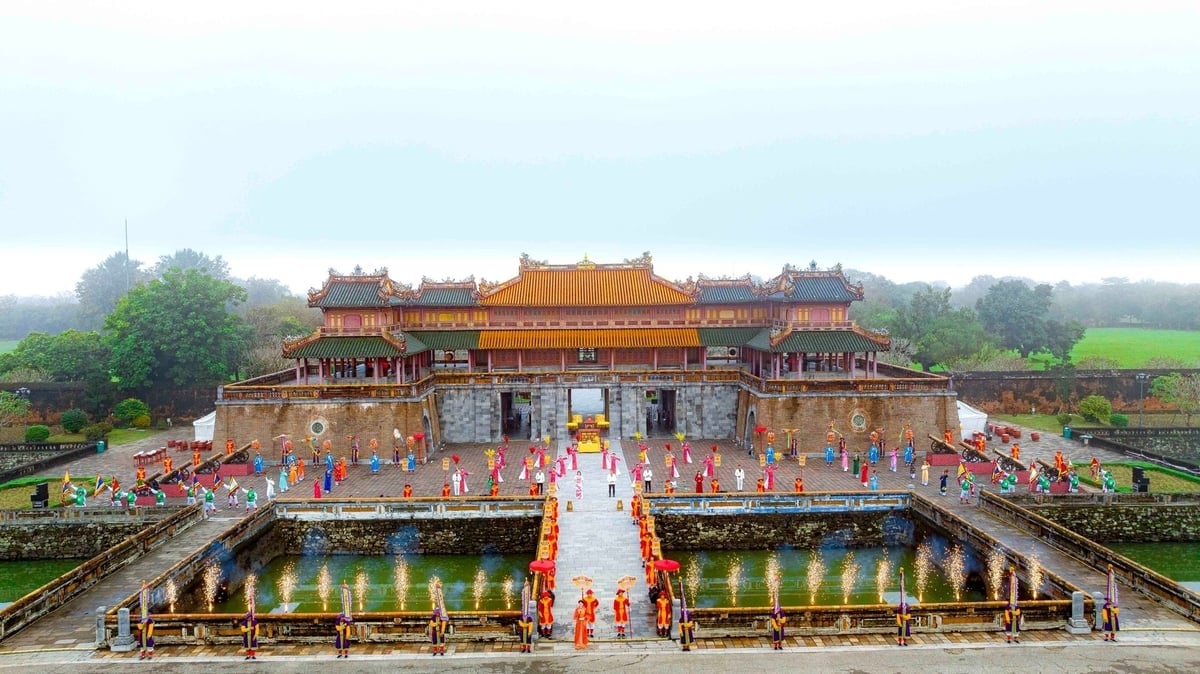

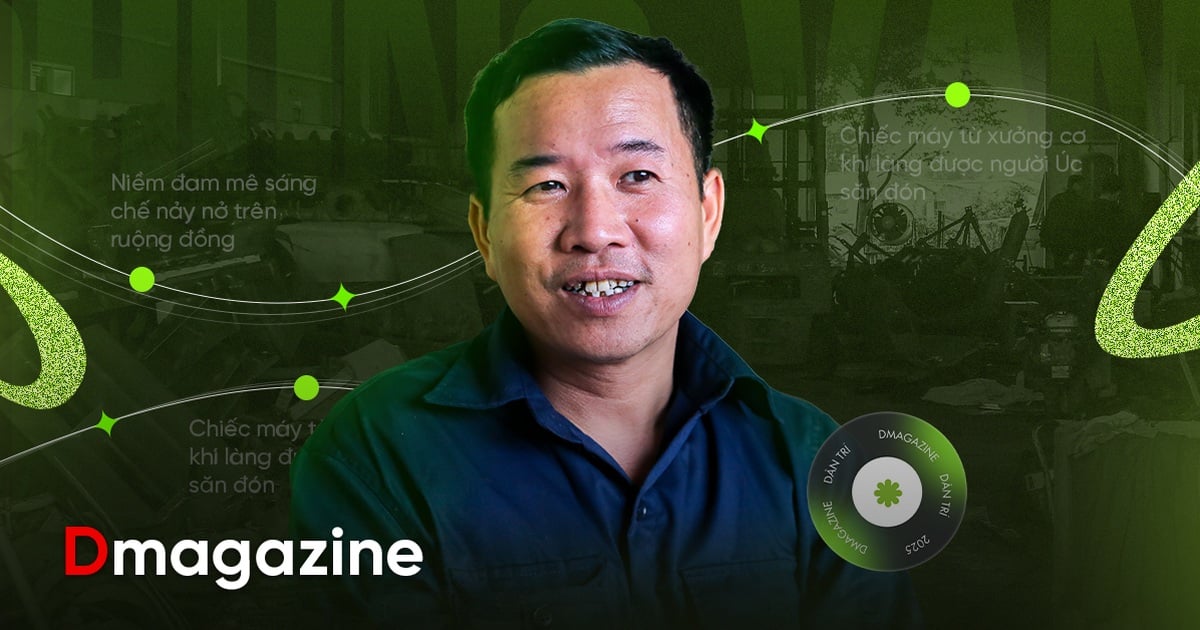

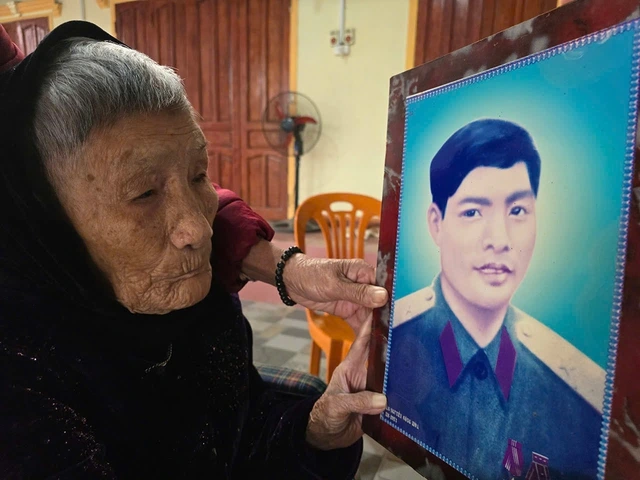

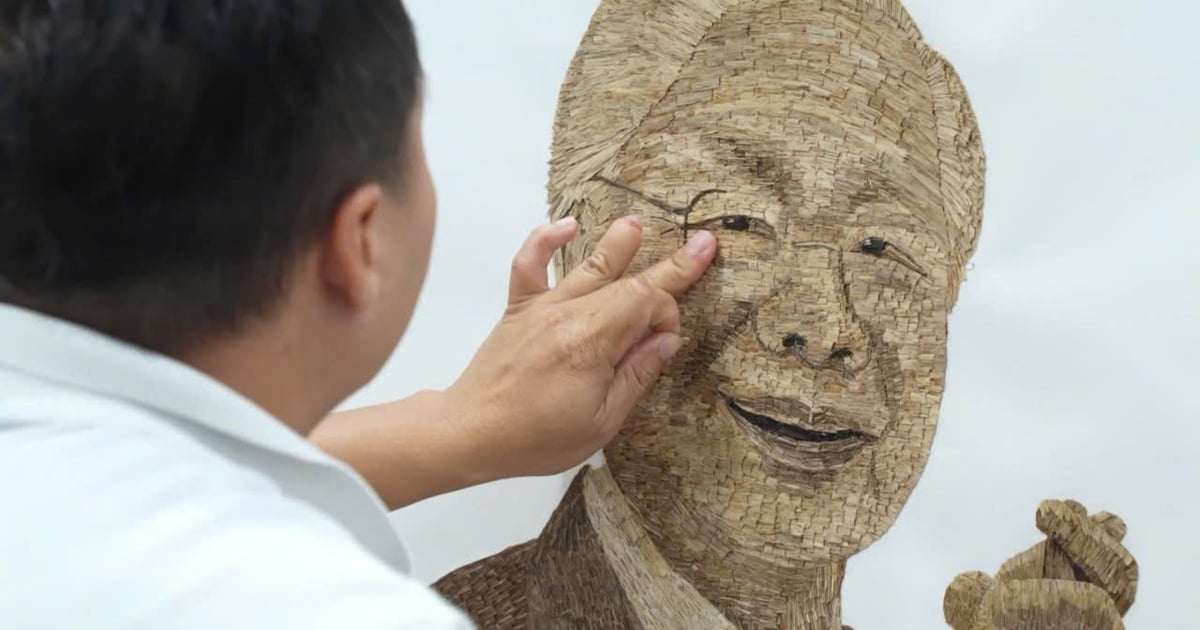
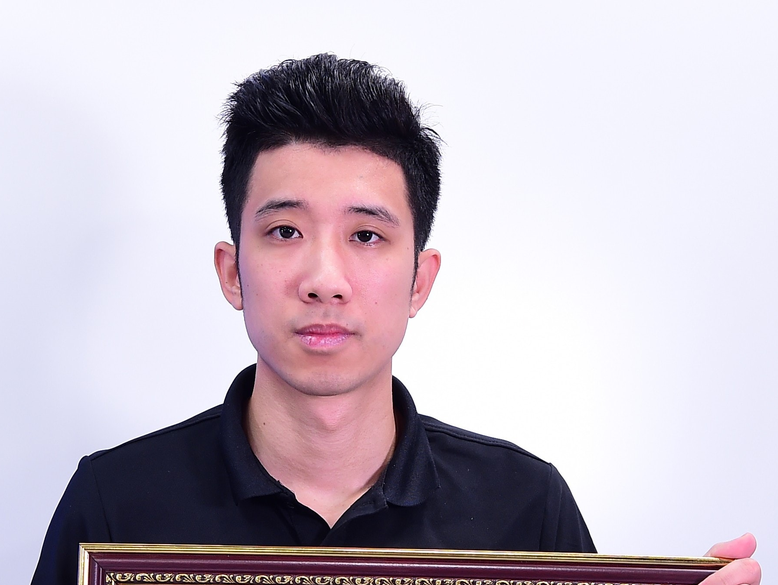
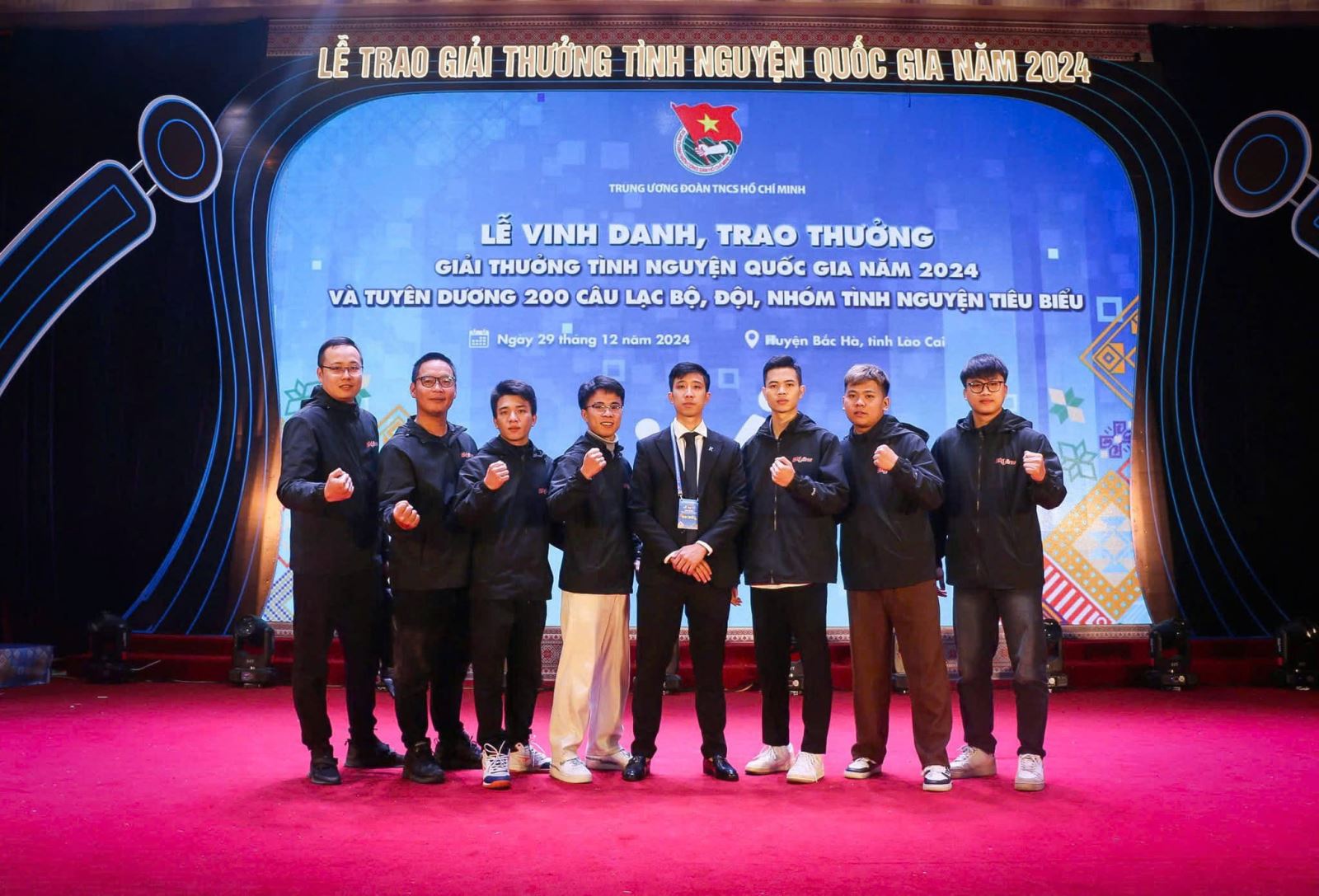










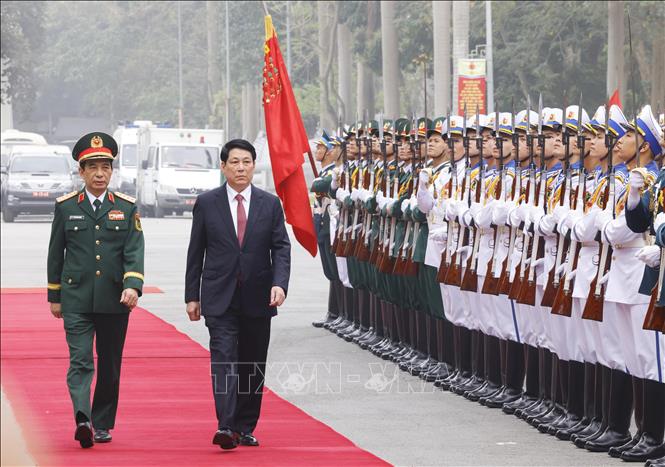


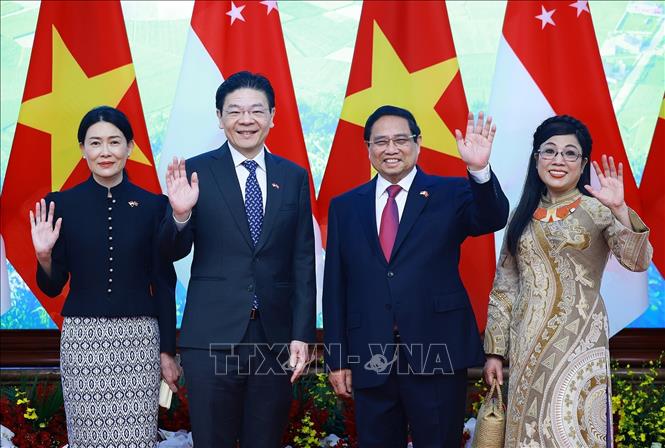

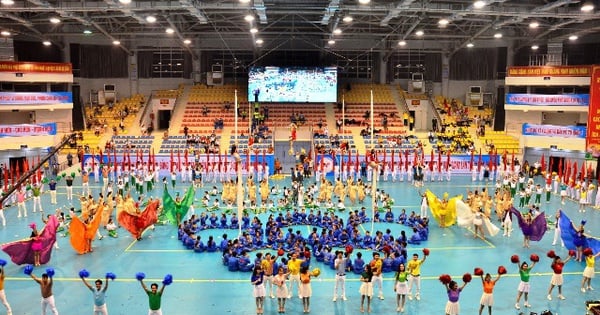



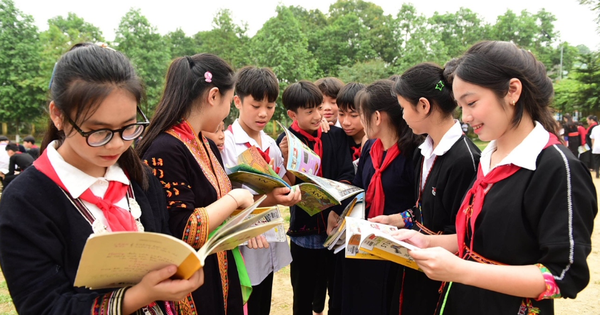

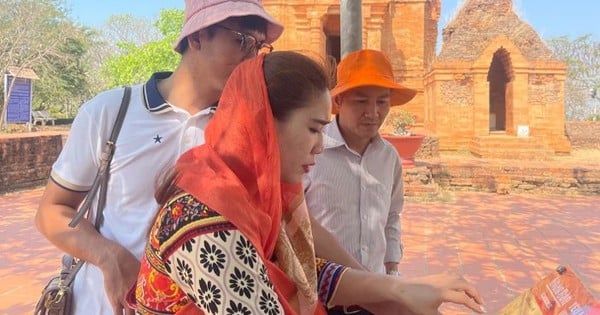
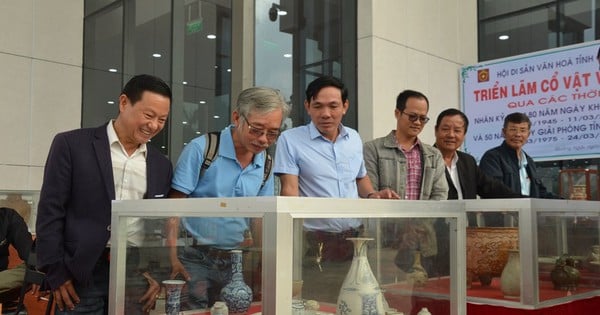
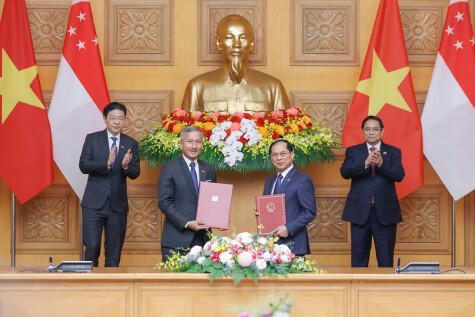
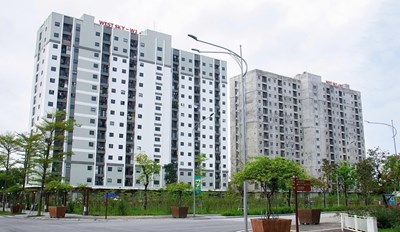

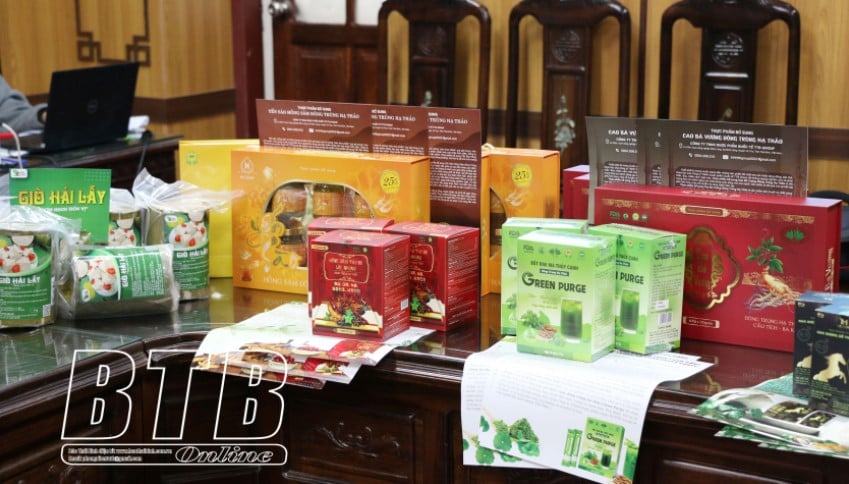



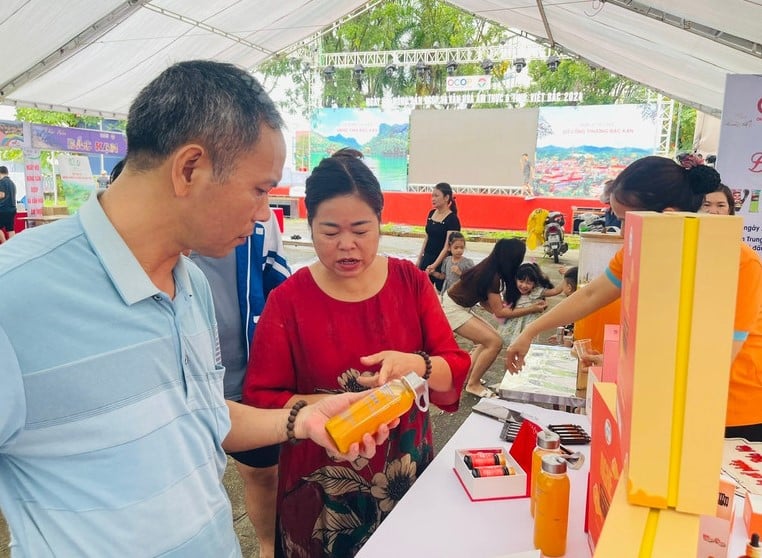
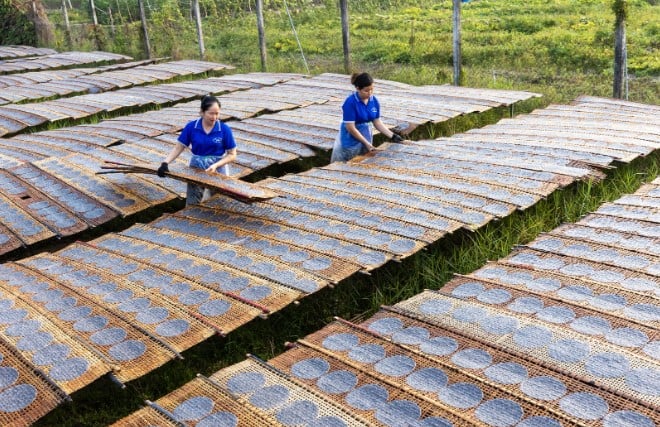

Comment (0)